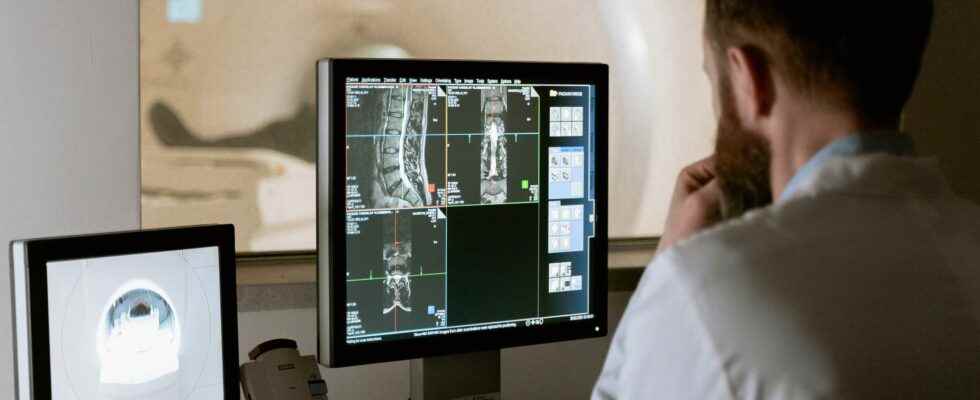” (CO)ERRANCE, A History of Diagnosis is the name of a photographic exhibition whose theme is diagnostic wandering, suffering, but also the solidarity that marks this period of waiting. This exhibition will be made public this Monday, February 28, 2022, during the International Rare Disease Day, and visible wherever you are since it will be both physical and digital.
You will also be interested
This is not the first time that Sanofi Genzyme and the AnDDI-Rares national health network have scheduled an awareness campaign on the last day of February. Already in 2021, given the epidemic context, the two entities had co-organized an entirely digital event: a cinema-debate with the screening of a 25-minute film followed by an exchange between health professionals, representatives of associations and of course patients. The theme addressed dealt with the emotional life of people with disabilities.
This year, it is a photographic exhibition which will highlight light and in colors individuals affected by a rare disease. On each diptych, a poem written by the photographed model will allow you to grasp in a few words her pains and feelings. In the form of diptychs, the author’s idea was on the one hand to represent how the patient perceives himself, and on the other, how he considers the place of the other or his own future.
Artist, author and photographer Djamila Beldjoudi-Calin married diagnostic wandering and poetry by photographing 11 people with rare sickness. Through 23 shots, the objective is to render aesthetic and poetic the emotions and the ills felt by those who follow a medical course sometimes strewn with uncertainty and a part of the unknown.
About diagnostic wandering
According to Ministry of Solidarity and Health“ more than 6,000 rare diseases are known but about 250 new diseases are identified each year. And to support patients as well as possible, from the first consultation until the establishment of a precise diagnosis, the scientific community and the ministry wish to reduce this waiting time to a maximum of one year for the majority of cases.
Diagnostic techniques are being perfected and a diagnostic observatory had been created to enable health professionals to present results and work with a view to improving the quality and transmission of data on rare diseases.
The whole role of these initiatives is to raise awareness on a large scale of the impact of these life paths on patients and the people who are there to surround them. This year, on the occasion of the International Rare Disease Day it’s a visual testimony, like a window on the feelings of people affected by rare diseases but also their relatives, which is offered to you.
A physical and virtual exhibition
To give maximum visibility to this cause, these photographs will be visible in certain medical establishments but also online in the form of a virtual gallery.
These photographs will be visible in certain medical establishments but also online
The CHUs and hospitals of 20 cities will host the draws in their waiting rooms or in the reception halls: Amiens, Angers, Besançon, Bordeaux, Brest, Caen, Clermont-Ferrand, Dijon, Grenoble, Lille, Lyon, MontpellierNantes, Nimes, Paris, Poitiers, reindeerRouen, Saint-Maurice, Strasbourg.
Today these are not no less than 3 million French people who are affected by a rare disease according to the Montpellier University Hospital.
Interested in what you just read?
